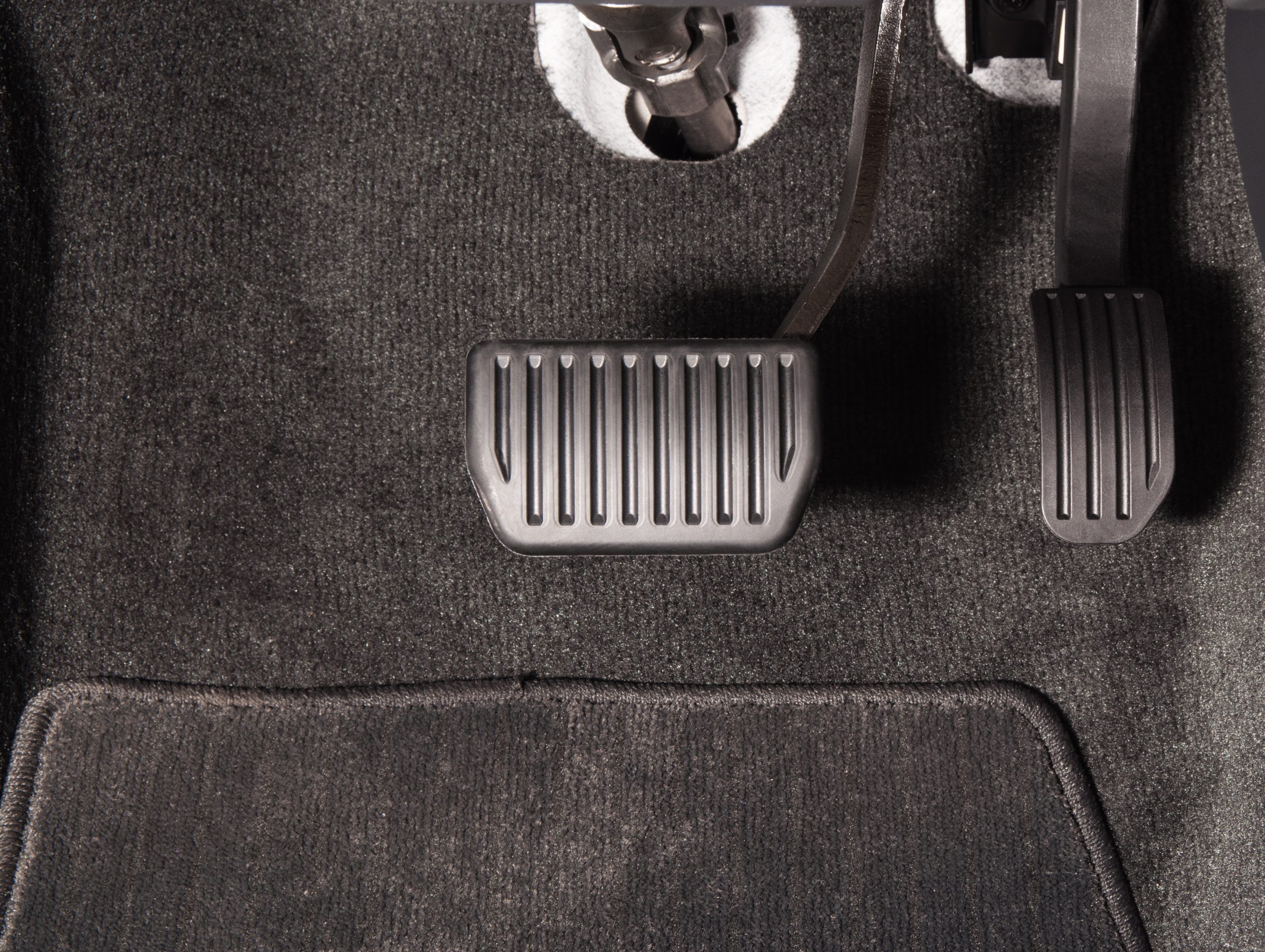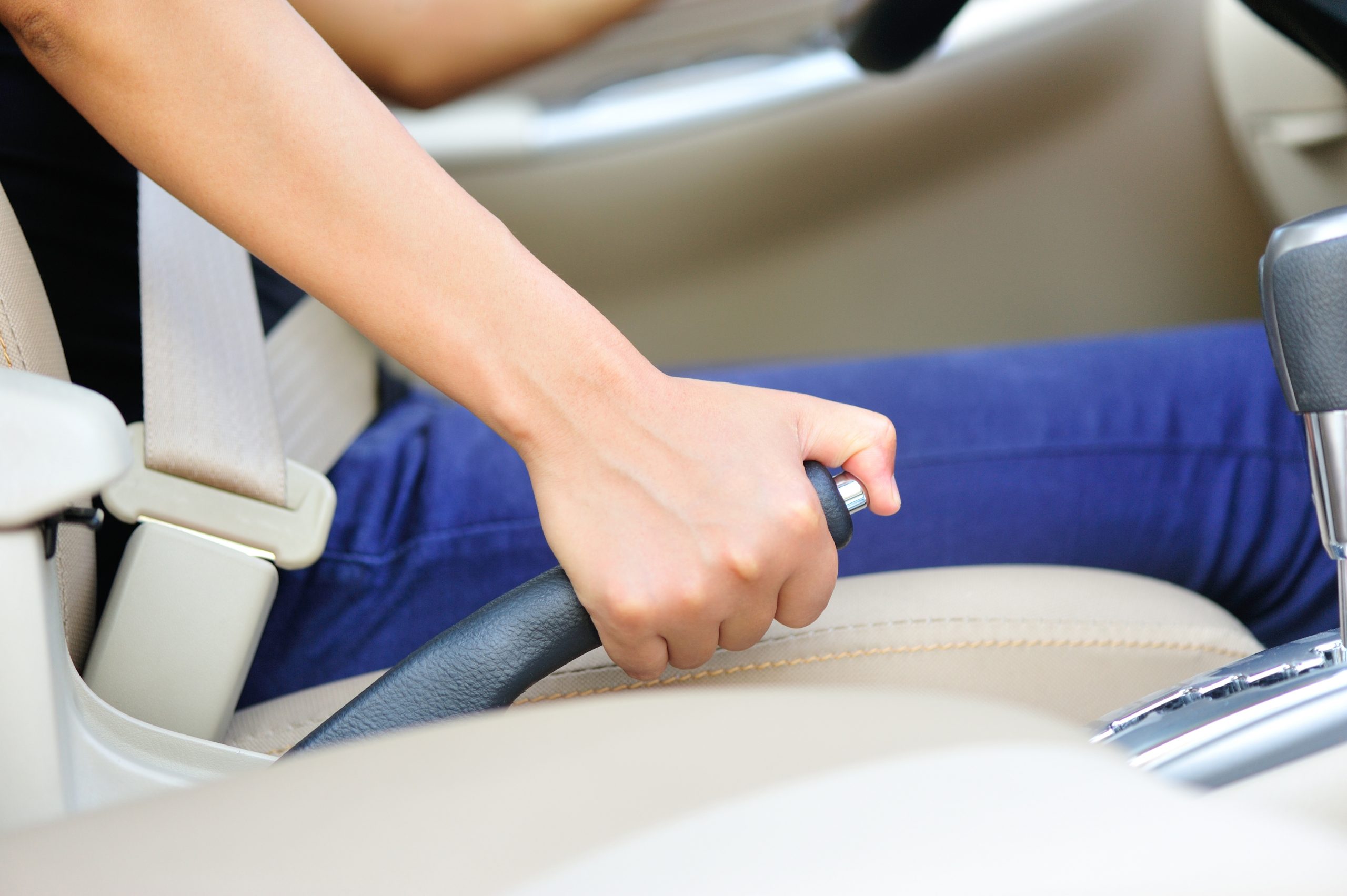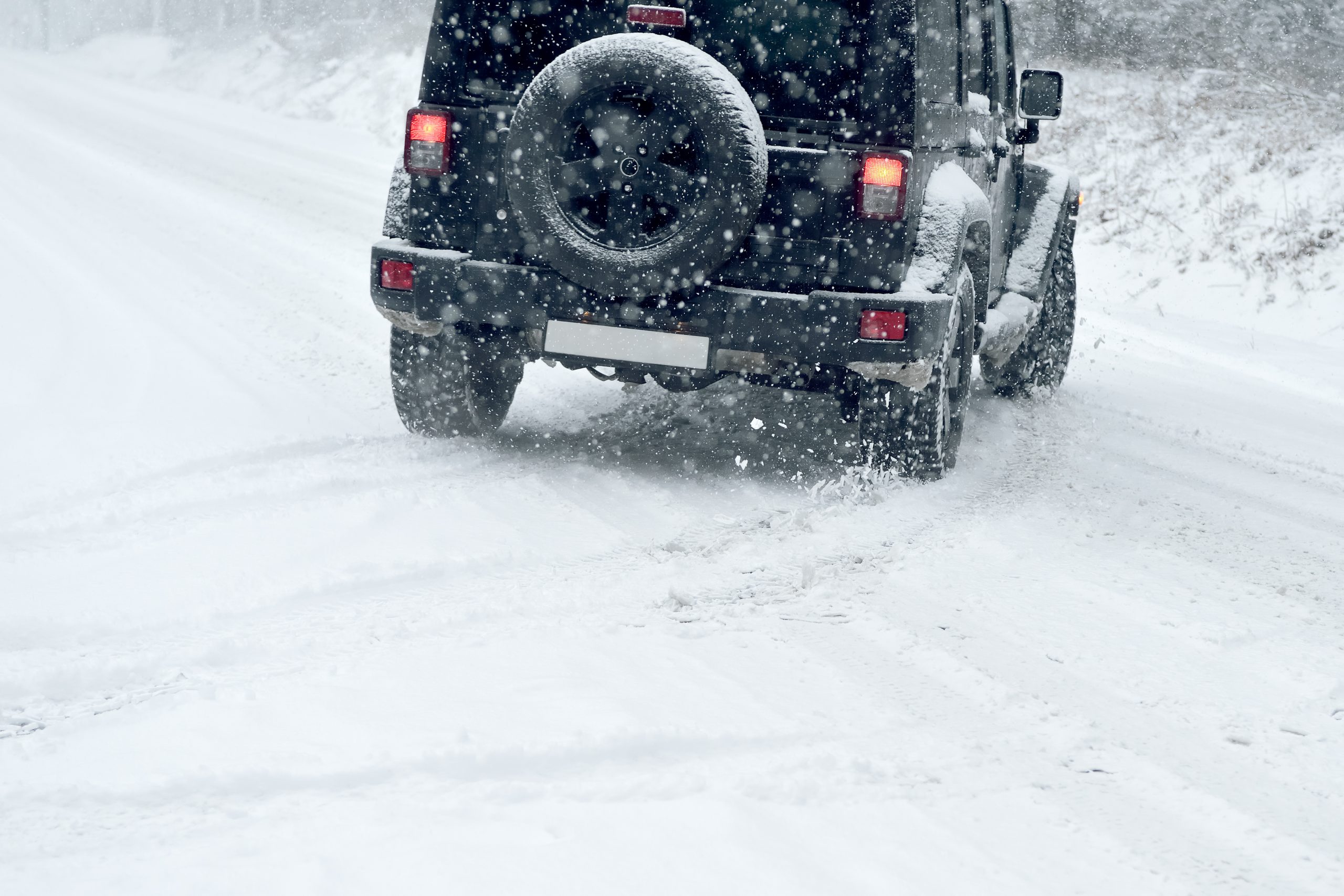Brake Pedal

Brake Pedal
Many parts of a vehicle are important for comfort and safety, but two are essential for helping the vehicle to function properly: the accelerator and the brake pedals. When cars, vans, or trucks move along the road, drivers need some way of stopping them, whether something is in the way or they have arrived at their destination. Knowing how the brake works can help drivers understand this very important feature and recognize problems when they occur.

In both automatic and manual transmission vehicles, the brake pedal is set in the middle of the floor in front of the driver, to the left of the accelerator pedal. In manual transmission vehicles, the brake is between the clutch and the accelerator. Normally, the brake is the largest of the pedals, shaped like a rectangle or square.
Handbrake
In addition to the foot brake, vehicles also come with a handbrake, normally located to the driver’s right. This brake is usually a lever that a driver pulls up to engage and releases with a button at the end. In manual transmission vehicles, the emergency brake is essential for keeping them from rolling away when parked. For both manual and automatic transmissions, the handbrake is useful in case the regular brakes fail.

Most of the time, the brake pedal on the floor is the one that drivers need. At red lights, stop signs, or other places, this pedal is the primary means of stopping. In automatic transmission vehicles, using it involves simply moving the foot from the accelerator to the brake pedal and pressing down. In manual transmission vehicles, it involves lifting the right foot off the accelerator, pressing down on the clutch with the left, and depressing the brake with the right foot.
History of the Brake Pedal
Brake pedals and the systems they control have changed considerably over the years. As an Encyclopedia Britannica article by Ken Purdy explains, the earliest brake systems worked on mechanical principles. The pressure of the foot on the brake pedal travelled along flexible cables to brake shoes which then stopped the vehicle. However, exerting equal force on each wheel was difficult, especially as the weight and size of vehicles increased.
The next innovation was the invention of hydraulic systems which connect the brake pedals to pistons inside cylinders; these were connected to another set of cylinders in each wheel. This system was easier for drivers as it required less pressure than mechanical systems needed. A further development was the power brake system, building on the hydraulic brake idea, but using power assists in the system instead of requiring extra foot pressure to make the brake work.
How Brakes Work
Just as with the accelerator, more pressure on the brake pedal has a greater effect on how quickly the car responds, in this case with stopping. The brake pedal is connected to a master cylinder full of brake fluid. Pressure on the pedal compresses the fluid and produces the force necessary for braking. Many vehicles’ braking systems use a clamping action to increase the force on the brake pads, which cause the vehicle to stop.
Friction is the main principle behind the way that this system works. Pressure from pressing down on the brake works its way through the system until it comes to the brake rotors and slows the vehicle down to a stop. More pressure on the pedal results in a quick stop, while a light amount of pressure causes a slow stop. Releasing the brake pedal reduces pressure on the system and allows the brakes to disengage.

One of the problems that drivers can encounter while braking is skidding on the road, especially in icy conditions. The wheels of a vehicle stop spinning and lock into place when a driver presses on the brakes. This can cause vehicles to spin out of control and to crash into any obstacles in their way. However, anti-lock brakes are designed to keep the tires’ grip on the pavement and to maintain better control over the movement of the vehicle. While this system has been a requirement on new passenger vehicles since 2012, older vehicles might not have that feature and thus require careful braking, especially on ice, snow, or any other slippery surface.
Repairs and Care of the Brake Pedal
Like all other vehicle parts, brakes can wear out, break, or otherwise be faulty. An article by Jeff Youngs on the J.D. Power website lists some of the warning signs that a vehicle’s brakes need repair or replacement. When the brakes no longer work as well as they formerly did or when the pedal rests against the floor, the brakes may be failing. Pulling to one side, grinding or growling in the braking system, or vibrations in the pedal often mean that the brake pads are worn out or that the rotors are warped. Any of these problems can be signs that the vehicle’s braking system needs repair.
Having the brake system checked regularly is a good idea, but drivers should also take care of the brake pedal itself. Keeping the area clear of bags or anything else that might get in the way is important, as a strap from a bag can become entangled with the brake and keep it from working properly. Food wrappers, books, toys, and other objects should also be kept far away from the brake pedal to avoid getting these items wedged under it.
Wearing suitable footwear is also important. Canada has no specific laws governing what, if anything, drivers are supposed to wear on their feet. Still, some types of footwear may be less suitable than others for using the brake pedal properly, either catching on the side of the pedal or being too thick for the driver to feel the pedals. In an accident, a driver may be charged with careless driving if the cause is improper footwear.
Using the brake pedal properly is essential to good driving. Without it, reaching any destination safely would be impossible.
